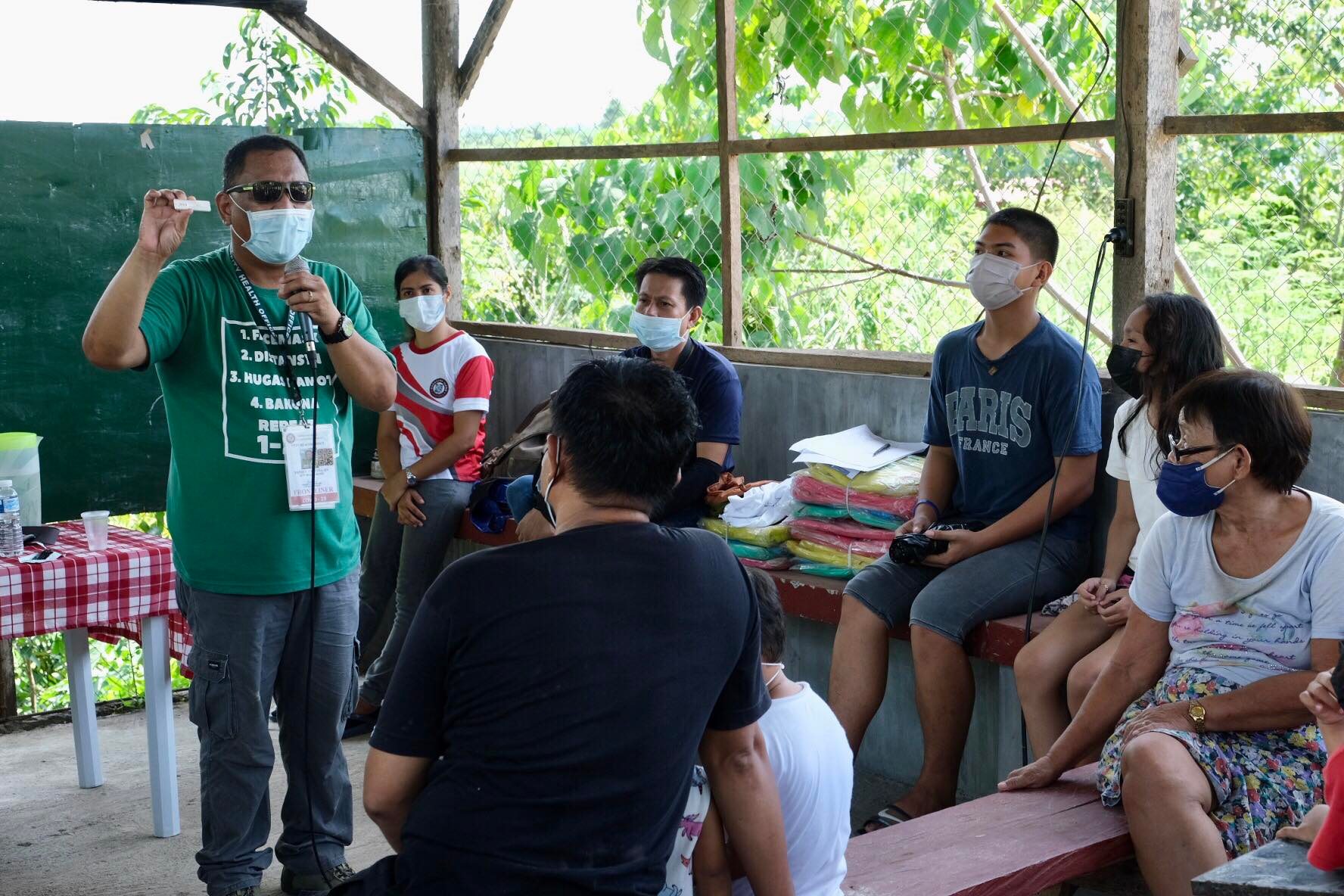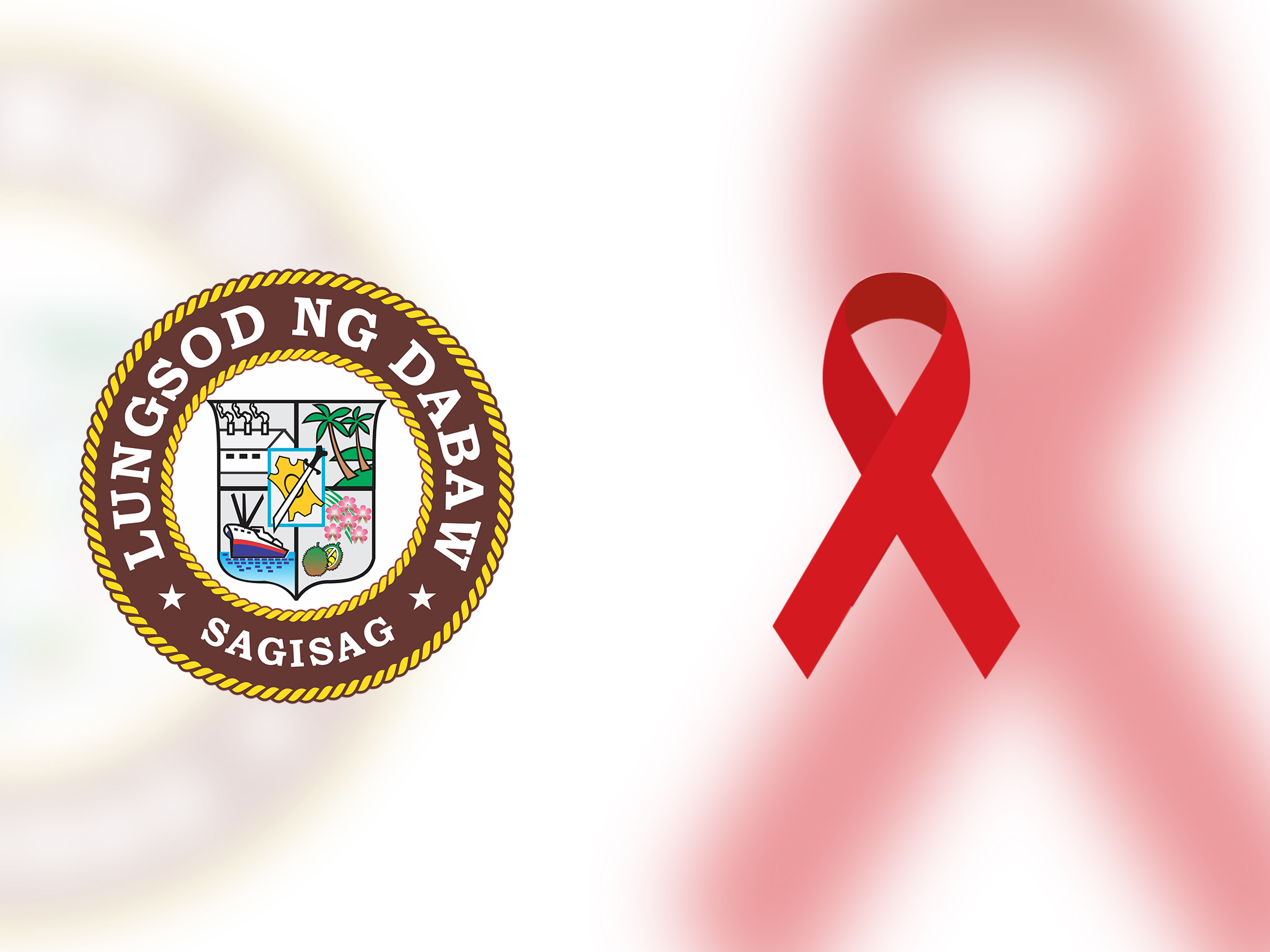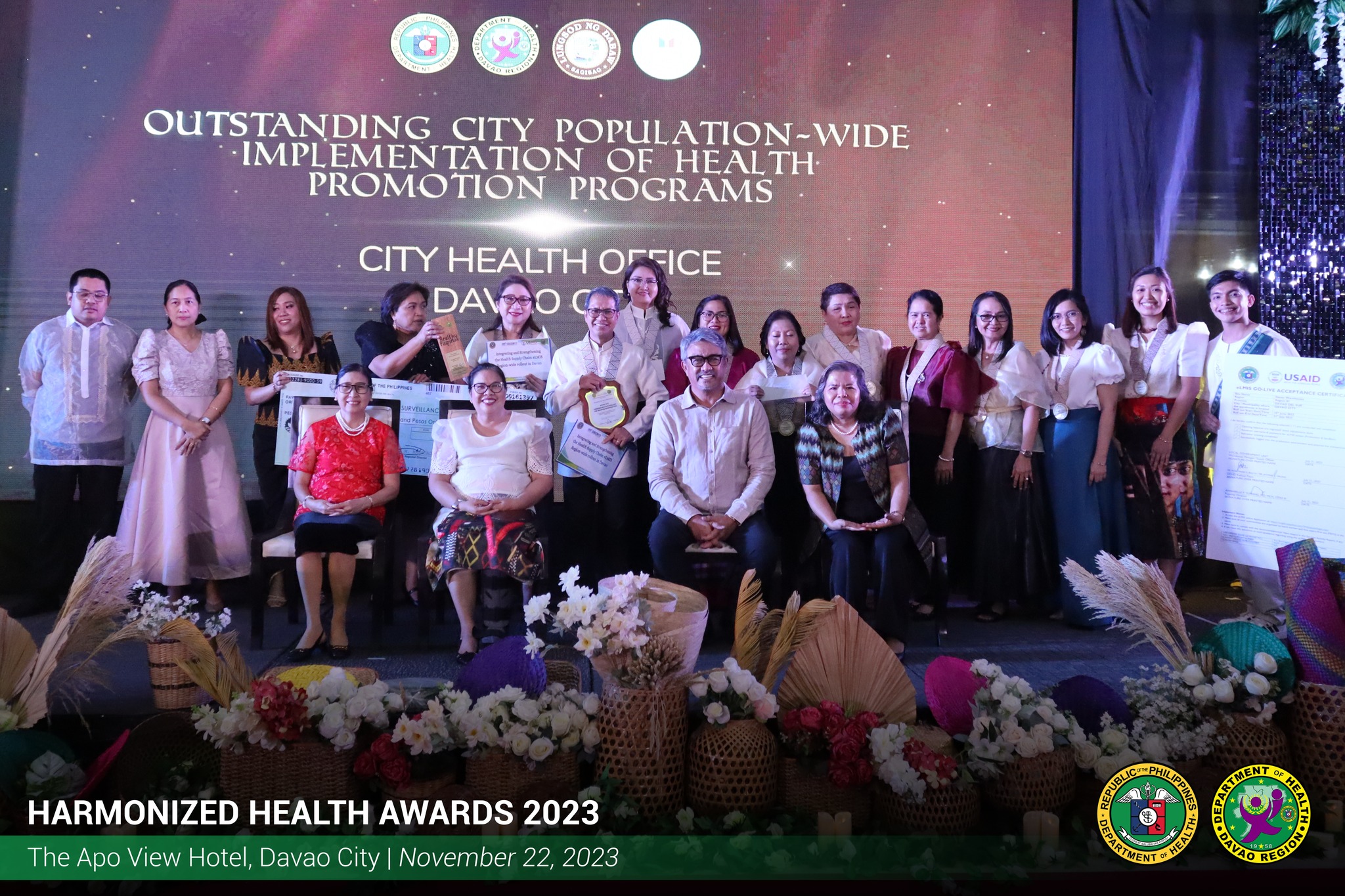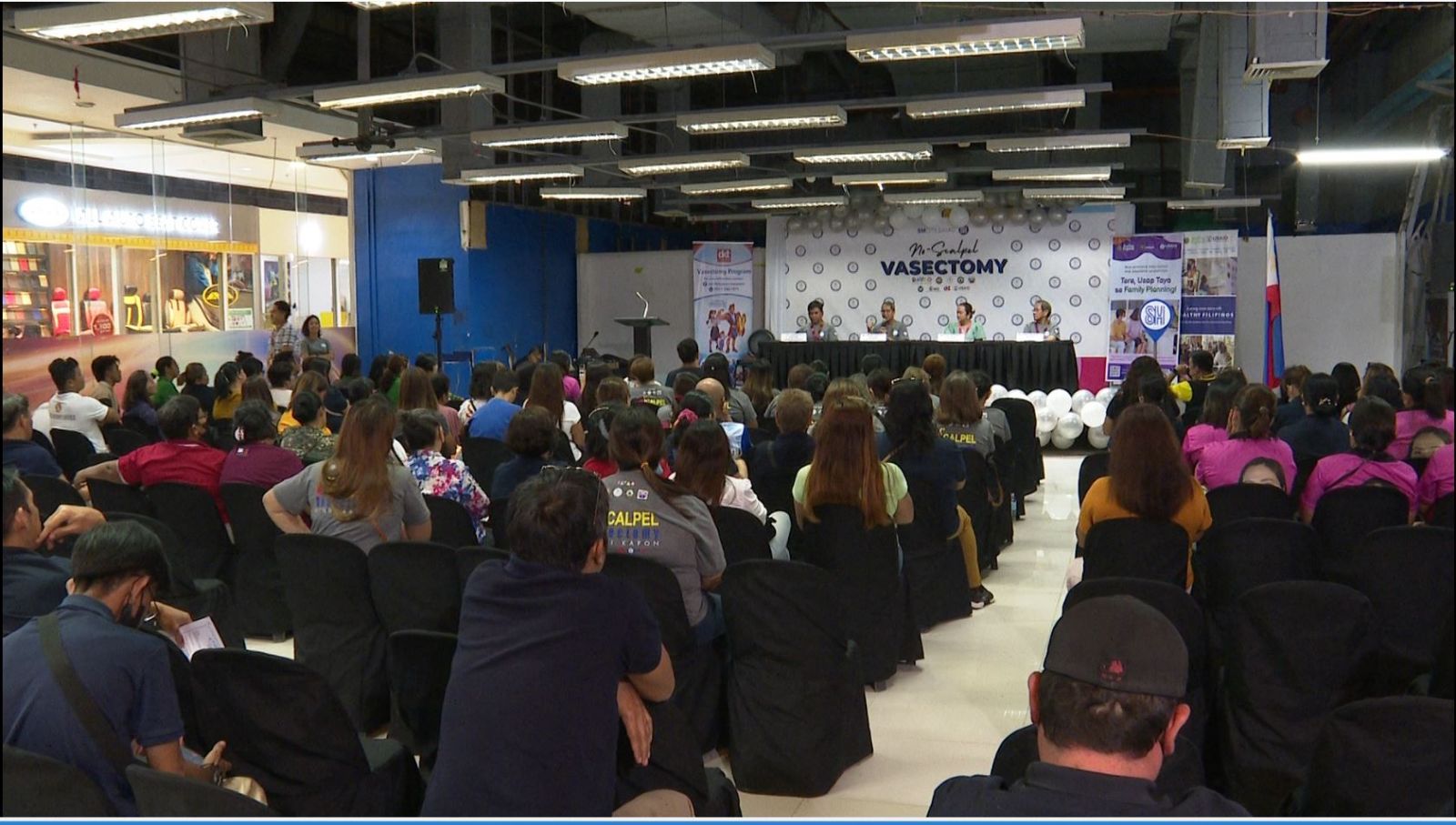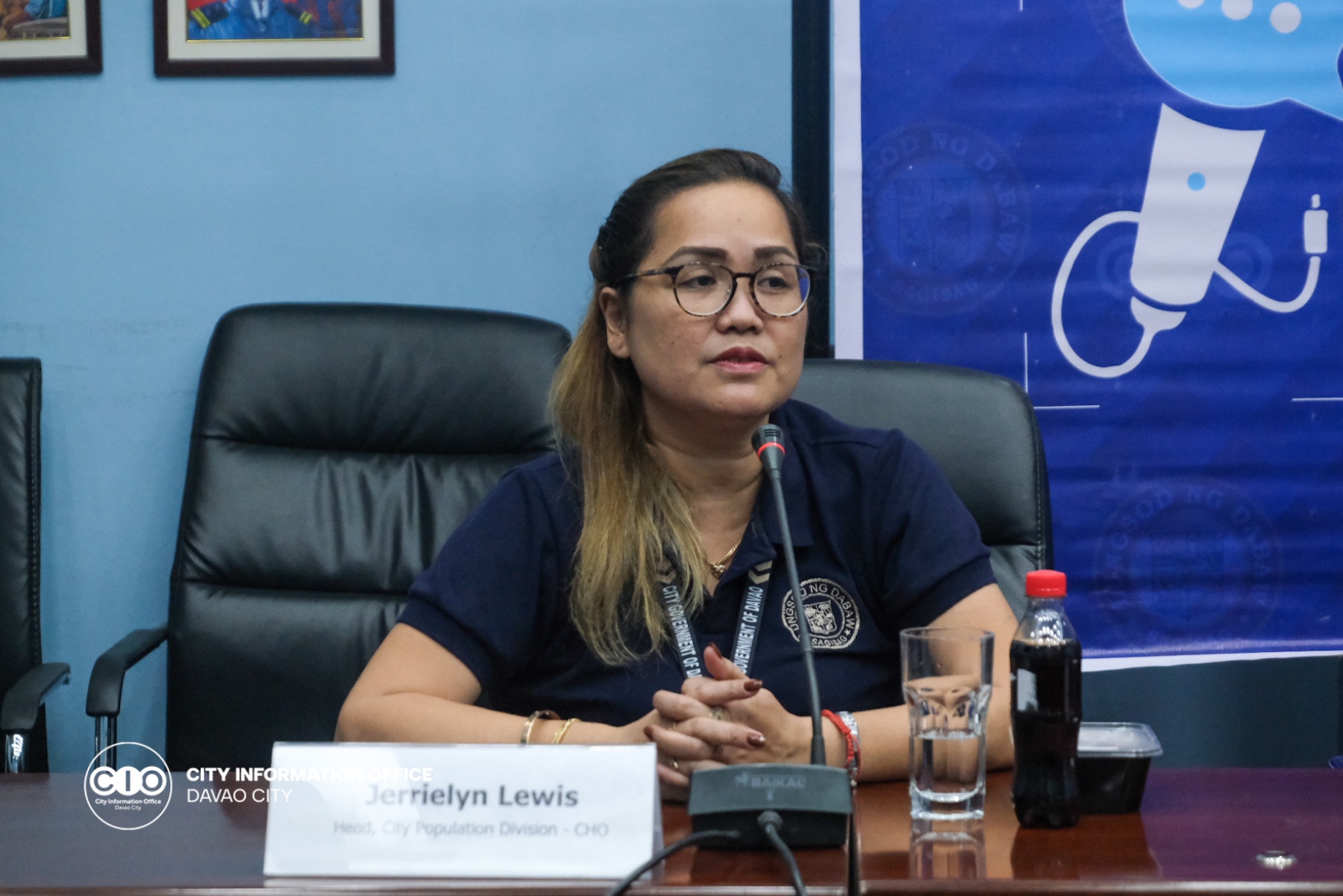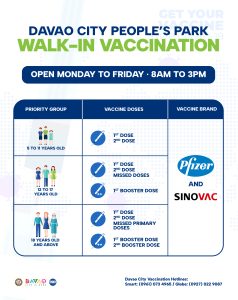After the Davao City Health Office (CHO) confirmed the first case of chikungunya in Barangay Ilang last Wednesday, June 8, 2022, the City Government of Davao through the CHO Tropical Disease Prevention & Control Unit intensified intervention efforts to control the Aedes mosquito species, the same mosquito that carries dengue, in the area.
In an interview with the City Information Office Monday, CHO Tropical Disease Prevention and Control Unit Nurse Ernie Cequiña said that upon reports of suspected chikungunya cases in Barangay Ilang and Barangay Panacan, the CHO responded with critical mosquito control measures, such as an awareness drive in the barangays, Aedes larvae surveillance, fogging, and later conducted misting or indoor residual spraying.
Cequiña said that test results from the Research Institute for Tropical Medicine (RITM) in Manila have so far confirmed two chikungunya cases in Barangay Ilang which has l 16 more suspected cases; while results for the suspected 28 cases in Barangay Panacan are still pending. Chikungunya symptoms are particularly difficult to determine as the patients usually manifest symptoms similar to that of dengue (fever, nausea, pain behind the eyes) but with more severe joint pains and early onset of skin rashes.
“Actually, bag-o lang pud nigawas ang resulta ‘no gikan sa RITM—kay iyahang laboratory, iyahang blood work gipadala man sa RITM sa Manila—so after two weeks bago nigawas. So pag-kaconfirm, actually maski dili siya confirmed, gi-address na dayun namo to sila as problema sa lamok. Kay mao ra man pud gud iyang sintomas kay pareha sa dengue, diperensya lang niya na síntomas kay joint pains (Actually, we just recently received the results from the RITM—because the patient’s blood work was sent to the RITM in Manila—so after two weeks the results were out. Upon confirmation, actually even if the results were not confirmed, we addressed the cases as caused by mosquitos. Because they share the same symptoms as that of someone with dengue, the only difference in symptoms is joint pains),” Cequiña said.
Cequiña added that the CHO Tropical Disease Prevention and Control Unit remains steadfast in monitoring these cases and conducting intervention measures. However, he argued that protective measures, such as maintaining the cleanliness of the surroundings, remain the best method of preventing an outbreak.
The CHO nurse also reminded Dabawenyos to practice the 4S procedure; which stands for “Search and destroy” mosquito breeding grounds, practice “Self-protection” from mosquito bites, “Seek early medical consultation”, and “Say yes” to community prevention and intervention measures. CIO

